If the "back in my day" speech hasn't set them straight, why not let them know of how much worse back-to-school season could have been for them had they been born a couple thousand years ago?
Before we get rolling, it's important to mention that in just about all of the following ancient societies, formal education was typically the privilege of wealthy families.
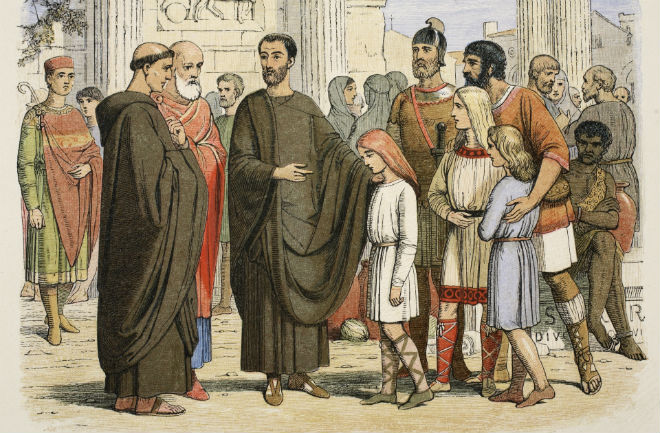
So while most ancient children didn't have to participate in any kind of formal instruction, a lifetime of hard labor, assuming they even lived past adolescence, wasn't much of a trade-off.
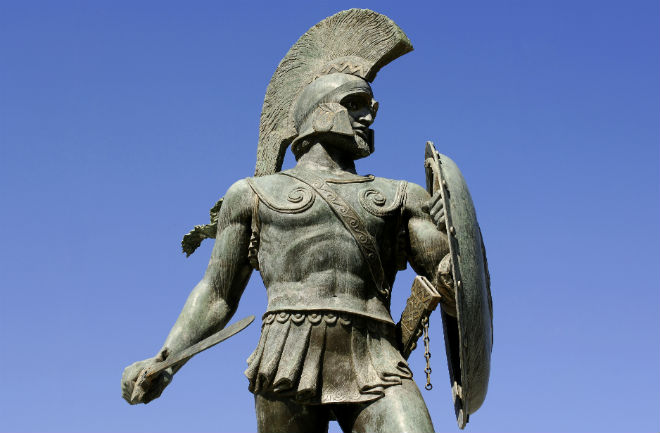
Education focused not on the liberal arts and sciences like today's pupils. Instead, Spartan boys endured a program, called the agoge, that included reading, writing and music, but focused primarily on physical training. Boys were also taught to survive. For example, their training program didn't provide them with enough to eat, encouraging them to be resourceful and steal for the food they needed. As a teenager, the young man would then join the army. It wasn't until age 30 that he was a full citizen of Sparta.
Spartan girls, on the other hand, didn't receive any formal education from the state. However, women in Sparta did enjoying a higher degree of autonomy than their counterparts in other Greek city states, and were expected to be educated enough to manage the family estate, and as such were often taught how to read and write and how to control their holdings. Women also received physical training as well.
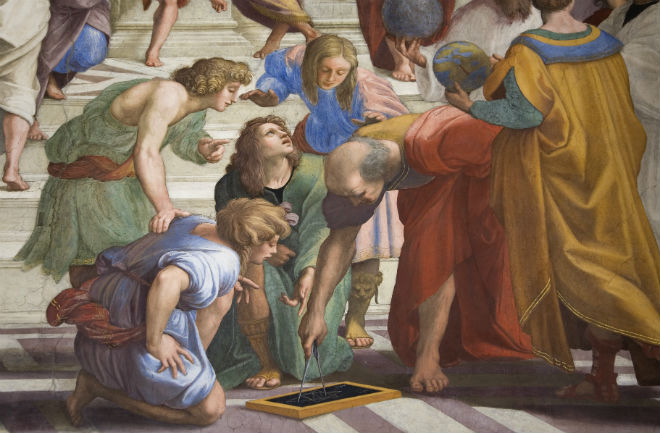
From an early age, Athenian children were taught to read and write. Starting at around age 7, about the time a Spartan boy would begin his military training, Athenians would begin attending private schools, which cheap enough for even poor Athenians to afford. Boys were taught music, poetry, philosophy, mathematics and more. At around age 14, they even had the chance to attend secondary school.
Physical education was also seen as a necessary part of a curriculum to produce well-rounded citizens, and to ensure that Athens was never at a disadvantage in war times. Emphasis was placed on intellect, however.
Like Sparta, only boys received any kind of formal education. Girls were taught at home, if they received any academic instruction at all.
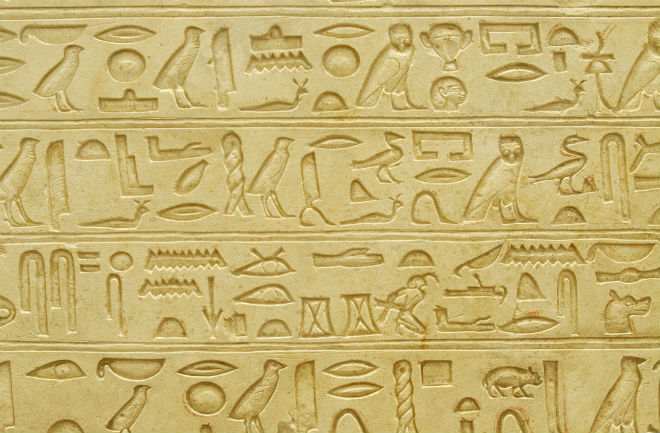
Boys typically received vocational training from their fathers, assuming the same occupation as they transition from menial tasks to full-fledged laborers. Girls were educated by their mothers in household tasks, such as cooking, sewing and brewing. In other words, boys typically followed in the footsteps of their fathers, and girls followed the paths of their mothers.
Children from wealthy families could go to schools to study to be scribes, eventually moving on to government work or serving as a temple priest. Coursework for these privileged few reflects the curriculum available to students today, with subjects including history, mathematics, music, science and more.
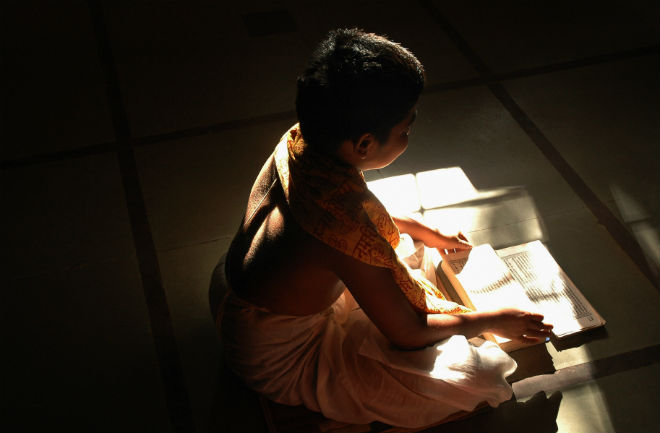
The Gurukul system, in which pupils are educated by a guru and in return provide a service for the guru, originated during the Vedic period. In other words, children who were instructed under the Gurukul system had to sit through class and perform chores all in the same place.
While education was initially intended to be free, the caste system eventually made it difficult for children of the lower castes to receive any kind of higher learning.
Considering that Chinese students for millennia have had to memorize tens of thousands of characters just to be able to write in their language, it should come as no surprise that ancient Chinese education focused on memorization.
Starting at around 770 B.C.E., Confucian texts, specifically the Four Books (The Great Learning, The Doctrine of the Mean, Confucian Analects and The Works of Mencius) and the Five Classics (The Classic of Poetry, The Book of History, The Book of Rites, I Ching, and The Spring and Autumn Annals), would provide the foundation of the educational system throughout China for imperial dynasties stretching across centuries. These books were studied so much as they were memorized, verse by verse, page by page.
Like other cultures, education was the luxury of the elite few children whose parents could afford it. Those that did go to school would later go on to study -- 10 hours a day, everyday, starting at age 6 -- for government civil service exams, first introduced during the Sui Dynasty (581-618 CE).

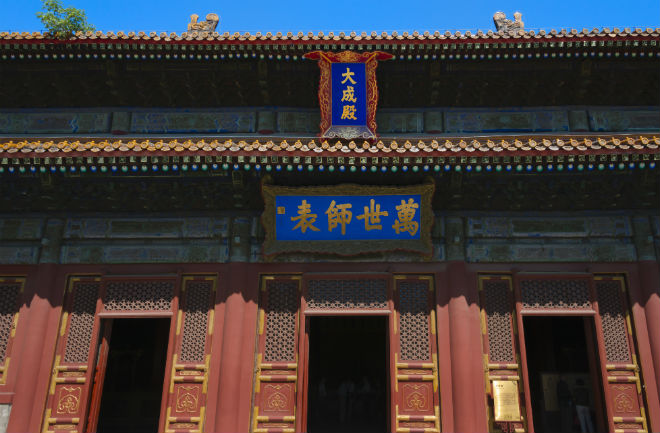



Reader Comments
to our Newsletter